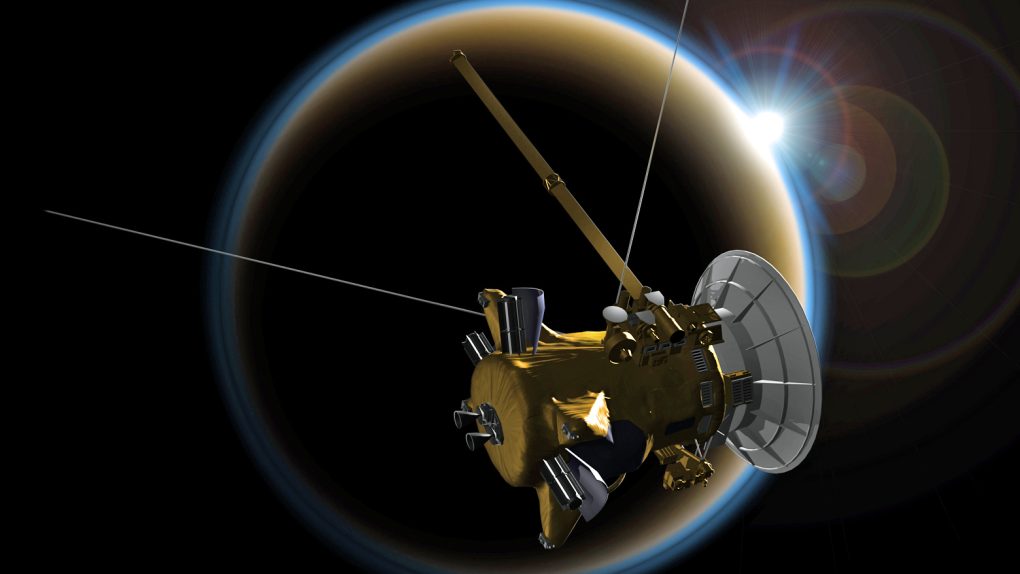NASA’s Cassini spacecraft went on a long and treacherous mission that ended last year in spectacular fashion. The large space explorer dove into Saturn’s atmosphere, exploded into flames, and then disintegrated into nothing. It might seem like a harrowing end, but this was actually NASA’s plan all along. Cassini ventured out into space with the final goal of capturing data from around Saturn and its moons. It even continued to capture data well beyond its intended lifespan.
Apart from the fact that the imagery Captured by Cassini was visually stunning, it also supplies a massive amount of data for NASA scientists to dig through and analyze. Exciting new discoveries will continue to be made for years after Cassini’s fateful dive this past September, and the latest revelation is from images sent home by the craft is one of the most interesting yet.
Coming to terms with Cassini’s fiery demise was difficult for many space enthusiasts, but it was made easier knowing just how much wonderful data the spacecraft was able to capture. And at this point, many would agree that revelations surrounding Saturn’s moon Titan are among the most interesting takeaways from Cassini’s long journey.
Images captured by NASA’s Cassini revealed a number of intriguing similarities between Titan and Earth, not the least of which is the presence of liquid on the moon’s surface. But that’s not the end of it, as noted by NASA this week.
Titan is the only known world in the Solar System other than Earth that has stable liquid on its surface. As it turns out, however, that liquid is not water. Instead, Titan’s bodies of “water” are actually hydrocarbons and water ice. In an interesting turn of events, however, a new discovery shows that there is a noteworthy similarity between Earth’s water and Titan’s hydrocarbons: Sea level elevation.
Like Earth, Titan’s seas and lakes have a constant elevation relative to the world’s gravity. In addition to the discovery of a sea level elevation on Titan, data also suggests that liquid bodies on the moon are connected by a subterranean aquifer system, of sorts. Liquid flows from one body through underground porous rock that connect to other liquid bodies.
A paper on the findings was published in the journal Geophysical Research Letters by a team of researchers from Cornell University.








